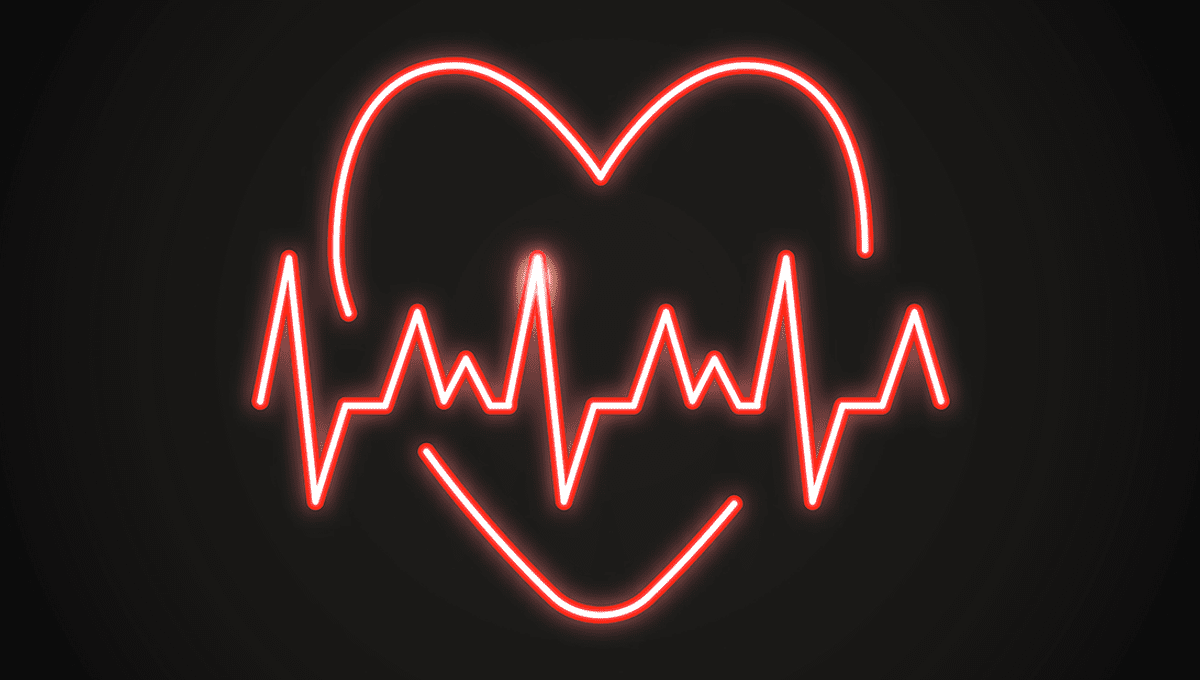
In 2012, a team of doctors published the curious case report of a man who temporarily had a heart rate of 600 beats per minute (bpm) – a full 300 beats faster than the theoretical limit of 300 bpm.
The case report details how a 57-year-old quadriplegic male was brought into hospital with complaints of dizziness and chest pressure. Following examination, he was given nitrates and heparin for acute coronary syndrome and kept for observation and tests. On day 3 of his admission, he experienced several episodes of chest pains and tachyarrhythmia (high heart rate and abnormal rhythm). During one of the episodes, his heart rate reached about 600 bpm for around 20 seconds before gradually slowing to 300 bpm, after which it spontaneously returned to a normal rhythm.
As noted by the doctors, there have been other cases of extremely high heart rates, with the previous highest being 480 beats per minute.
“A non-medical literature search has also revealed a case report of a Danish audiologist, Ole Bentzen, who died laughing while watching the movie ‘A Fish Called Wanda’ in 1989,” the doctors add. “His heart rate was reported between 250 and 500 beats per minute, before he succumbed to cardiac arrest.”
However, the cases take some explaining as several of them, including the case they saw themselves, were well above the maximum theoretical heart rate.
“With normal cardiac physiology, it is known that following the action potential (AP), the absolute refractory period (ARP) prevents another AP until the channels are reset at the [Atrioventricular] (AV) Junction,” the team explains. “The ARP of the AV Node lasts about 0.2 seconds limiting the heart rate to 300/min in theory.”
“Another possible factor is the cardiac myocyte action potential duration which is normally about 200 msec which again theoretically would limit the heart rate to about 300 beats per minute.”
However, with abnormal cardiac physiology, there could be mechanisms that allow the heart to beat much faster.
“Heart rate conduction above 300 beats per minute would thus involve the presence of at least a bypass tract [an accessory pathway that bypasses the AV], shorter cardiac myocyte AP duration and also probable selective cardiac myocyte activation.”
Without enough information on the episode itself to confirm, lacking a “12-lead capture of this arrhythmic event”, the team suggested that the most likely explanation was atrial fibrillation as well as the presence of several bypass tracts in the heart.
Source Link: The Man Whose Heart Rate Reached 600 Beats Per Minute